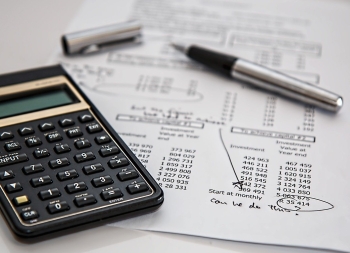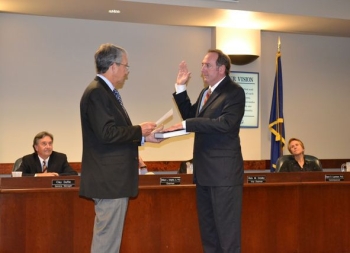Calculating Damages in a Brain Injury Lawsuit
Proving damages in a brain injury lawsuit is one of the most important and complicated steps. What some victims may not know is that there is only one chance to get the damages right. If the victim incurs more losses after the trial or settlement, and those losses were not already accounted for, he or she won’t get to ask for more money.
Calculating damages is a process, and it’s something that Rosen Hagood understands because we’ve represented numerous brain injury victims. Here we explain some of what goes into the damages calculation for one of these lawsuits.
First, a victim should know that compensatory damages are the most commonly awarded type in South Carolina brain injury cases. Another category of damages is punitive damages, but they are less frequently awarded and are subject to limitations. For purposes of our discussion, we are going to focus on the two types of compensatory damages: economic and non-economic.
Economic damages are known as such because they have an objective monetary value. For all types of personal injuries, including brain injuries, examples of economic damages include:
- Past and future medical bills, including hospitalization, surgery, and rehabilitation
- Adaptive medical equipment
- Lost income
- Lost earning capacity (ability to earn more in the future)
- Certain losses related to wrongful death (e.g., burial costs)
Non-economic damages are more subjective and harder to determine. A few common examples are:
- Pain and suffering
- Mental anguish
- Emotional distress
- Physical impairment
- Disfigurement
- Loss of society and companionship
Because every brain injury is different, the types of damages that may be available in a brain injury lawsuit will vary. So will the amount. While lawyers on both sides may or may not dispute the nature of the alleged damages, they will almost certainly fight over the dollar amount to be awarded for those damages.
In calculating damages, the victim’s lawyer will look at what the victim has already lost. These include medical bills that have already accrued, the amount of money already missed from work, and so forth. However, in most brain injury cases, the victim’s damages do not stop adding up once the case settles or goes to trial. In other words, the victim will continue to suffer damages in the future. This presents a challenge: how does the plaintiff calculate a fair dollar value for these future damages?
At this stage, the lawyer will need to turn to an expert witness. An expert witness is someone with technical or specialized knowledge who can explain complex matters to a jury.
To understand the role of an expert witness, consider lost earning capacity. The brain injury victim may not be able to work in the same industry or position as before the injury. As a result, the victim will miss out on raises, bonuses, job opportunities, retirement benefits, and more. A vocational expert witness can serve many roles, including explaining to the jury what kinds of jobs will be available to the victim in the future in light of his or her brain injury.
Other types of expert witnesses may testify at other stages and about other types of damages. But the key takeaway is that damages are complex. The victim should also expect his or her expert witnesses to be questioned during trial and for the defendant’s attorney to have their own expert witnesses testify. But remember, the ultimate goal is arriving at a fair dollar amount to demand from the at-fault party.
The personal injury attorneys of Rosen Hagood represent brain injury clients. We know what goes into calculating damages for those who suffer from these debilitating injuries. If you would like to learn more about the potential damages available in your brain injury case, call us today.



























































































































































































